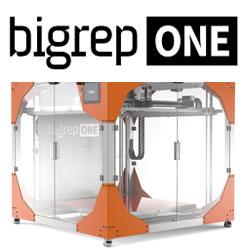Robo-Sabotage Is Surprisingly Common
 By Matt Beane for MIT Technology Review: I think perhaps there’s something else at work here. Beyond building robots to increase productivity and do dangerous, dehumanizing tasks, we have made the technology into a potent symbol of sweeping change in the labor market, increased inequality, and recently the displacement of workers. If we replace the word “robot” with “machine,” this has happened in cycles extending well back through the Industrial Revolution. Holders of capital invest in machinery to increase production because they get a better return, and then many people, including some journalists, academics, and workers cry foul, pointing to the machinery as destroying jobs. Amidst the uproar, eventually there are a few reports of people angrily breaking the machines.
By Matt Beane for MIT Technology Review: I think perhaps there’s something else at work here. Beyond building robots to increase productivity and do dangerous, dehumanizing tasks, we have made the technology into a potent symbol of sweeping change in the labor market, increased inequality, and recently the displacement of workers. If we replace the word “robot” with “machine,” this has happened in cycles extending well back through the Industrial Revolution. Holders of capital invest in machinery to increase production because they get a better return, and then many people, including some journalists, academics, and workers cry foul, pointing to the machinery as destroying jobs. Amidst the uproar, eventually there are a few reports of people angrily breaking the machines.
Two years ago, I did an observational study of semiautonomous mobile delivery robots at three different hospitals. I went in looking for how using the robots changed the way work got done, but I found out that beyond increasing productivity through delivery work, the robots were kept around as a symbol of how progressive the hospitals were, and that when people who’d been doing similar delivery jobs at the hospitals quit, their positions weren’t filled. Cont'd...
Featured Product

